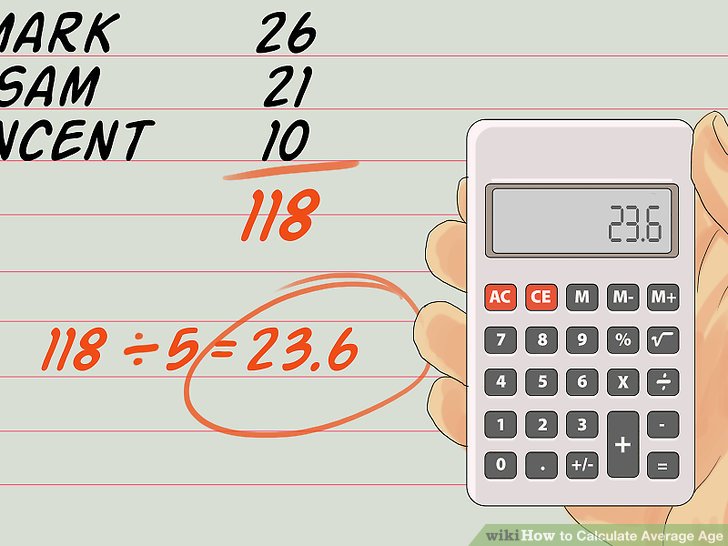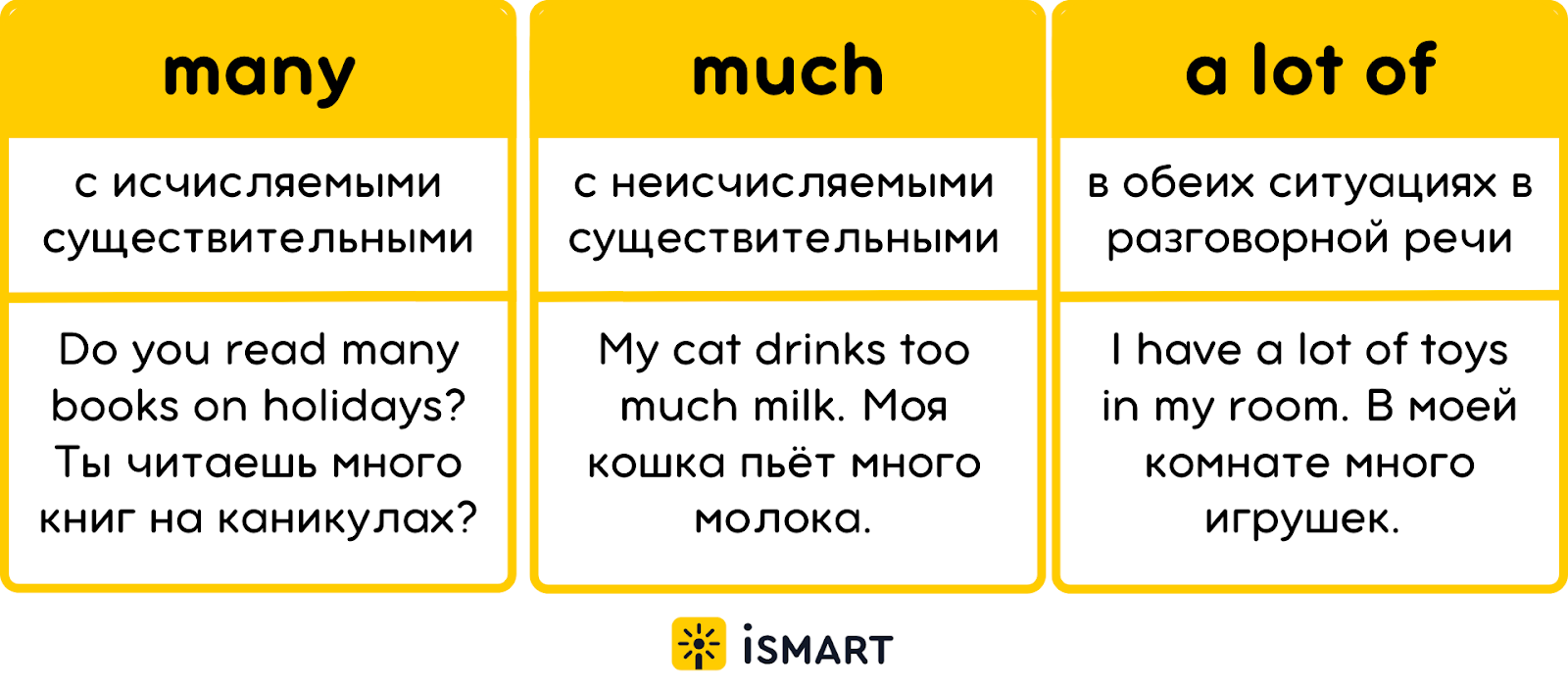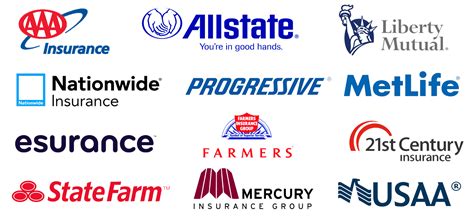How Much Does Flood Insurance Cost

Flood insurance is a crucial aspect of protecting your home and finances, especially if you live in an area prone to flooding. Understanding the costs associated with flood insurance is essential for homeowners to make informed decisions about their coverage. In this comprehensive guide, we will delve into the various factors that influence the price of flood insurance, explore real-world examples, and provide valuable insights to help you navigate this important topic.
The Cost of Flood Insurance: Unraveling the Factors

The cost of flood insurance is influenced by a multitude of factors, each playing a significant role in determining the premium you pay. By examining these factors, we can gain a deeper understanding of the pricing dynamics and make more accurate assessments.
Location, Location, Location: The Impact of Geography
One of the primary determinants of flood insurance costs is the location of your property. Flood zones, designated by the Federal Emergency Management Agency (FEMA), categorize areas based on their risk of flooding. Properties located in high-risk zones, known as Special Flood Hazard Areas (SFHAs), generally face higher insurance premiums. On the other hand, properties in low- to moderate-risk zones may enjoy more affordable rates.
| Flood Zone | Risk Level | Average Annual Premium |
|---|---|---|
| SFHA (High Risk) | High | $1,500 - $3,000 |
| Low to Moderate Risk | Moderate | $500 - $1,000 |

Consider the case of Miami, Florida, a city known for its susceptibility to hurricanes and coastal flooding. A homeowner in Miami's SFHA might expect to pay an average annual premium of $2,500, while a homeowner in a low-risk zone within the city could pay around $750.
Property Characteristics: Size, Age, and Construction
The physical attributes of your property also play a role in determining flood insurance costs. Larger homes, for instance, often require higher coverage limits, leading to increased premiums. Similarly, the age of your home can influence costs, as older properties may be more susceptible to flood damage.
The construction materials and design of your home are crucial factors as well. Homes built with flood-resistant materials or elevated foundations may qualify for lower premiums, as they are considered less vulnerable to flood damage. For example, a wood-frame home with a crawl space in a high-risk flood zone might cost more to insure than a similar home with a concrete foundation.
Coverage Options: Balancing Needs and Costs
The type and extent of coverage you choose significantly impact the cost of your flood insurance policy. The National Flood Insurance Program (NFIP), administered by FEMA, offers two primary coverage types: building and contents coverage.
- Building Coverage protects the structure of your home, including walls, floors, and foundations.
- Contents Coverage safeguards your personal belongings, such as furniture, appliances, and clothing.
You can opt for either type of coverage individually or combine them for comprehensive protection. The coverage limits and deductibles you choose will directly affect your premium. Higher coverage limits and lower deductibles typically result in higher premiums.
Let's illustrate this with an example. Imagine you own a home in a moderate-risk flood zone and are considering flood insurance. If you choose a $250,000 building coverage limit and a $1,000 deductible, your annual premium might be around $800. However, if you opt for a higher coverage limit of $300,000 and a lower deductible of $500, your premium could increase to $1,000 or more.
Discounts and Mitigation Measures: Saving on Flood Insurance
There are several strategies you can employ to reduce the cost of your flood insurance. Taking steps to mitigate flood risk on your property can lead to significant savings. For instance, installing flood-resistant features like check valves, sump pumps, or floodwalls may qualify you for discounts on your insurance.
Additionally, some insurance providers offer discounts for multiple policies. If you bundle your flood insurance with other types of coverage, such as homeowners or auto insurance, you might be eligible for reduced rates. Always explore these options to maximize your savings.
The Bottom Line: Making Informed Decisions

Understanding the factors that influence flood insurance costs is crucial for homeowners. By considering your location, property characteristics, and coverage needs, you can make informed decisions to protect your home and finances. Remember, flood insurance is a critical investment, and the peace of mind it provides is invaluable.
Frequently Asked Questions
Can I get flood insurance if my property is in a high-risk flood zone?
+Yes, flood insurance is available for properties in high-risk zones, although the premiums tend to be higher. It is essential to obtain the appropriate coverage to protect your home and belongings.
Are there any alternatives to the National Flood Insurance Program (NFIP)?
+Some private insurance companies offer flood insurance policies. However, the NFIP remains the primary source for flood insurance coverage in the United States, providing standardized and affordable options.
How often should I review my flood insurance policy?
+It is recommended to review your policy annually or whenever there are significant changes to your property or personal circumstances. This ensures that your coverage remains adequate and up-to-date.
Can I negotiate the price of my flood insurance policy?
+Flood insurance rates are largely standardized and set by the NFIP or insurance providers. While you cannot negotiate the price, you can explore different coverage options and discounts to find the best value for your needs.



